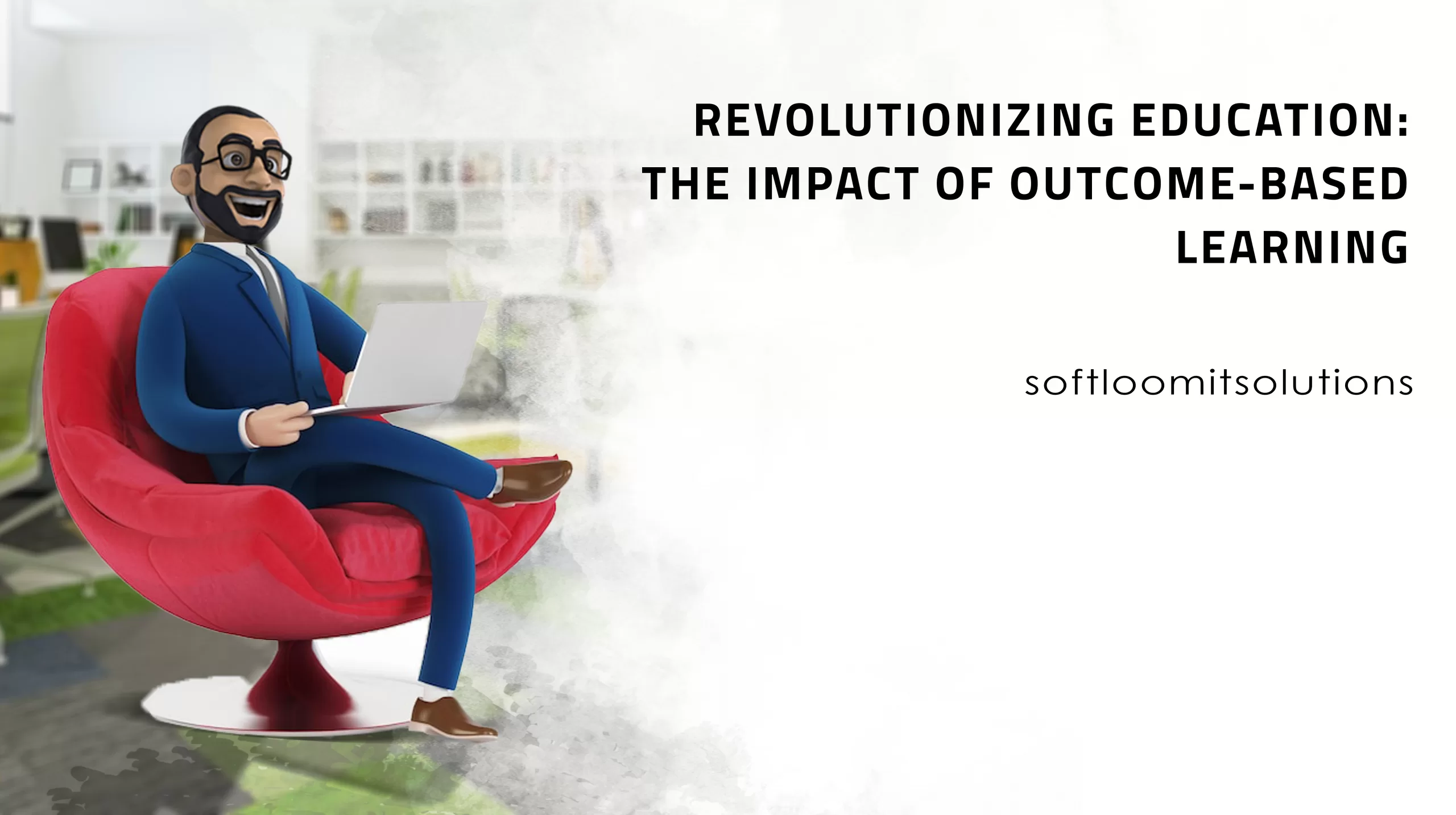The former educational system concentrated more on a teacher-centric approach and was solely content-driven. As a result, some students were successful while others found it difficult to keep up with the lesson due to a lack of analytical abilities or low-level conceptual comprehension. However, to create a goal-oriented and enriched teaching and learning system, institutions eventually adopted distinctive pedagogies or methodologies, recognizing the impact of outcome-based learning.
What Outcome-Based Education Is All About

Imagine attending a class where the objective is to develop real-world skills that will help you become a capable, self-assured person, not just to pass an exam. The impact of outcome-based learning is at the core of this transformation. OBE centers on precisely specifying what students should be able to perform, comprehend, or exhibit by the time they finish a course, as opposed to focusing only on the course material.
OBE functions as a compass to direct students toward real-world competencies. It guarantees that each lesson, each assignment, and each project directly contribute to the development of employable abilities. The skills that companies greatly value and seek are fostered by this method, including critical thinking, problem-solving, effective communication, teamwork, and flexibility.
Let’s call attention to a few crucial components of outcome-based education:
Transparency
Clarity is a very important quality for both teachers and students. It is crucial to tackle every category and level with clarity and in a clear manner. Education that is outcome-based sets clear expectations for the outcomes. Learners must know what to expect in order to advance, and teachers must be aware of what they want students to demonstrate during the course.
Flexibility
The outcome-based approach is free from outdated teaching strategies. Teachers have the flexibility to explore new methods and employ effective teaching methodologies to achieve the best results. They can customize their classes based on students’ preferences by following clear instructions. Additionally, they can assess variations when using different evaluation methodologies, as outcome-based education is founded on a student-centered philosophy. Some of the principles that aid teachers in enhancing student understanding and learning include providing study materials, creating cluster assignments, and organizing seminars.
Analysis
With outcome-based education, teachers continually assess a student’s successes and draw attention to any areas of concern in order to offer individualized support. This approach benefits both institutions and the students. Additionally, it enables teachers to evaluate students’ development and improvement over time and to assist them in achieving desired outcomes.
Participation
A key component of outcome-based education is student participation. Both individual and systemic growth are aspects of this kind of learning. Students take ownership of their education and work hard to comprehend the material completely. They do not seek to place the blame for their mistakes on other people, eventually enabling themselves to study fairly and naturally learn new things.
Conclusion
More than just a teaching strategy, outcome-based education is a road map for developing capable, self-reliant people. It eliminates the disconnect between classroom learning and practical application by reorienting the emphasis away from textbooks and toward competences, improving employability and building the groundwork for a prosperous future.
OBE should be a priority in all of our education and skill-building programs across the nation if India hopes to overtake China as the third-largest economy in the world by the year 2030.
Outcome-based education (OBE) is an instructional system that measures student learning and progress with specific, pre-determined learning outcomes. Softloom’s OBE software empowers educators and institutions to effectively track and evaluate student progress, measure learning outcomes, and provide essential feedback. Our feature-rich software includes grade books, data analysis, reporting tools, and the capability to create and manage assessments and learning activities. With analytics, educators can pinpoint student strengths and weaknesses, enabling data-driven decisions for enhanced learning outcomes.
Softloom’s Outcome-Based Education System aligns with NBA guidelines, ensuring academic excellence. Our solution enhances clarity for teachers, college management, and students, promoting informed decisions, standardized education, and a brighter future for society.






